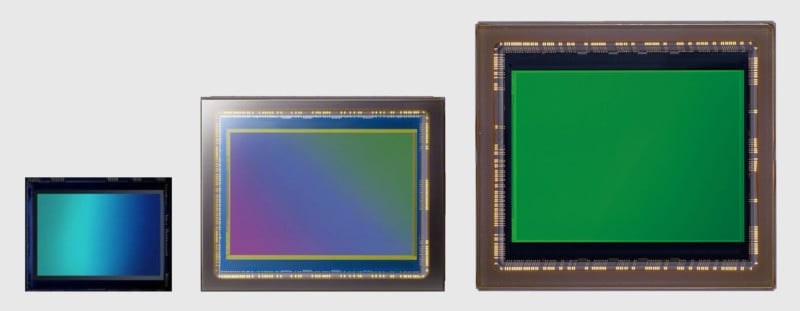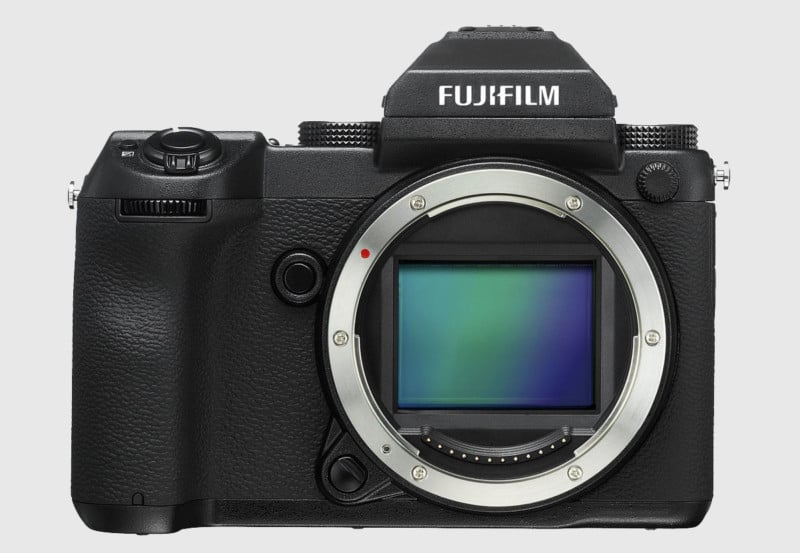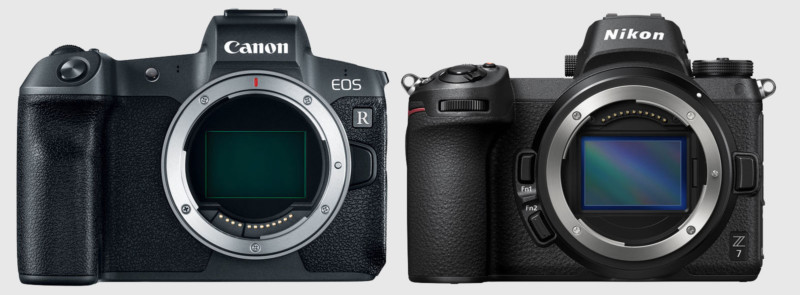Was the Fujifilm GFX a Mistake? Should Fuji Have Gone Full-Frame Instead?
![]()
Of all the current camera manufacturers, if you were to call me a fanboy of any of them, Fujifilm would be the most accurate. There’s good reason too: it produces some of the best cameras on the market and its commitment to offering meaningful updates, after the fact, is uniquely wonderful.
To address this issue, Fuji decided on making a brilliant mirrorless medium format camera, the $5850 Fujifilm GFX 50S. Although this is a fantastic and relatively affordable camera, I believe this was a huge mistake for Fuji.

The Problem with Medium Format
For the vast majority of the market, medium format is just far too niche. Medium format cameras tend to be slow, lacking in many useful features, and simply unusable for many types of photography.
The main draw of medium format cameras is image quality and considering the kind of lenses Fuji have available for their GFX, image quality is definitely an area where it performs extremely well. The lenses that Fuji has produced are astoundingly good but this is just when it comes to image quality.
Focusing is one area in which the GFX will not be able to compete with many current full-frame cameras. This is not to say the focusing system in the GFX is poor or unusable — it’s simply that full frame cameras are significantly better at it.

Frames per second and speed of operation are also other factors that make the GFX too niche for many types of shooting. Sports, wildlife, weddings, press photographers, and many other types of photography are extremely difficult with medium format cameras. Not to mention the whole host of incredible video features that are available in many new full frame cameras.
For the most part, medium format cameras are only really effective in slow, controlled environments. This essentially means that Fujifilm has removed themselves from huge portions of the photography market.
Now I do understand why medium format cameras are slower, but that’s not the point. The point is that they are slower and therefore, do not have as much appeal to most photographers.
Image Quality Is Not That Important
Having used the Fuji GFX 50S extensively, I must say the image quality is fantastic. The lenses are able to capture incredible amounts of detail and the dynamic range gives you a great deal of flexibility in post. But the thing is, the image quality differences aren’t as significant in real-world use.
The differences are only really noticeable at the extremes. If you need to recover your images by 5 stops then sure, you’ll notice a difference. If you’re zooming right into the pixels to see the details, then sure, you’ll notice a difference. Most photographers, however, do not shoot at the extremes and most images aren’t viewed at pixel level.
In my use, I found the difference to be about a stop at the extremes when comparing it to the Sony a7R II. For that extra stop, you’re losing a huge list of very valuable features.

Yes, image quality is valuable, but, in real-world use, it’s actually not that important when comparing cameras at a certain level. The extra features, speed of operation, native lens options, accessories, and flexibility that are offered by full frame cameras are far more useful for most photographers.
There are far fewer photographers that need the absolute best in image quality than there are photographers that need the extra practical features. This essentially makes the GFX far too niche for mass market appeal.
Pricing
The $5,850 Fuji GFX is one of the cheapest and most affordable medium format cameras on the market but even still, it’s just slightly out of range for many photographers. It’s difficult to make a super affordable medium format camera purely because the cost of the actual sensor is significant enough. Sure, there are rumors about a cheaper rangefinder type medium format camera coming soon but even then, it’s still more than double the price of many full frame cameras.
If you were to buy the Fuji GFX with the 110mm f/2.0 you’d be looking at spending over $8,000. Compare that to a $3,300 Nikon D850 and the $1,200 Sigma 85mm f/1.4 Art lens — the cost is almost half the Fuji system.

In terms of image quality, the differences between both systems are negligible. The usability factors, however, are not negligible, and the D850 is significantly better in many areas. Full frame cameras offer far more value for your money and as discussed above, image quality isn’t that important (for most).
Point being, the price of this system makes this camera far too niche for mass market appeal.
What if Fuji Made Full Frame?
The Fuji GFX 50S was released in February 2017, which is over a year and a half before Nikon and Canon announced their full frame mirrorless cameras. Imagine if at the time Fuji had released a full frame camera instead.
For the last few years, the two major manufacturers of mirrorless cameras were Sony and Fuji. Sony decided on going into the full frame market whereas Fuji opted to stick with APS-C and before eventually developing medium format. The difference in market share and units being sold is clear: Sony is winning.
This is not because Sony makes better cameras or lenses. Instead, it’s because they made full frame cameras. If you have used any of the X series cameras and lenses, you’ll know just how amazing Fujifilm’s system is. Both manufacturers offer lots of valuable features and in some respects, Fuji cameras might even be better.
Even still, Fuji remains a relatively niche company. Even Sigma doesn’t want to currently develop lenses for Fuji. In my discussions with Sigma, the company confirmed that the reason is purely that Fuji currently has a tiny share of the overall market — it’s simply not worth developing lenses for them.
Considering the X series system, we can assume a hypothetical full-frame Fuji camera would be a very feature-filled camera. Sony has managed to make huge gains in the photography industry because it has consistently released very attractive feature-filled cameras. Fuji could have been one of the pioneers of this market.

With Canon and Nikon validating mirrorless with their announcements, it’s clear to see that mirrorless is the future.
Fuji has essentially overshot things with medium format and underplayed their hand with APS-C. A full-frame Fuji camera would have been the perfect balance between the two.
Final Thoughts
Personally, I think Fuji’s X series cameras are more than effective for professional use. As discussed earlier in the article, they rival full frame in regards to performance and I’m a huge fan. The problem is, like it or not, Fujifilm’s cameras carry the crop sensor stigma. I don’t personally agree with the stigma but it’s still present. On the other hand, Fujifilm’s medium format camera is still more expensive and less effective in many ways than most full frame cameras.
It comes down to one thing: Fujifilm is a company in business and income and profits are its main priorities. It had the opportunity to develop a full-frame system and take advantage of the gap in the mirrorless market. Unfortunately, it didn’t take that opportunity and left it open for Sony.
The fact is, the full frame market is significantly larger than the medium format one. Fuji could have been the main competitor to Sony and its market share could have been significantly greater than what it is right now. We can assume that based on Sony’s performance: it was recently named the number one supplier of full frame cameras in the US.
With Canon and Nikon announcing their full-frame mirrorless cameras now, it might be too late for Fuji. Ultimately, Fuji will now retain their niche position and continue on the outskirts of the industry because they made the mistake of choosing medium format over full frame.
About the author: Usman Dawood is the lead photographer of Sonder Creative, an architectural and interior photography company. The opinions expressed in this article are solely those of the author. You can find more of his work on his website, Instagram, and YouTube.